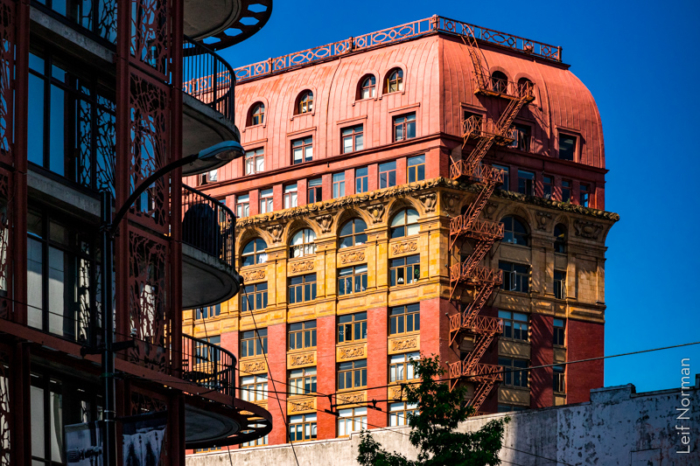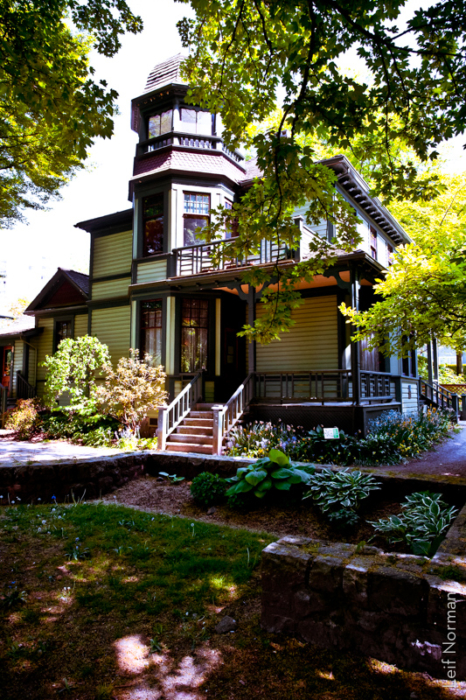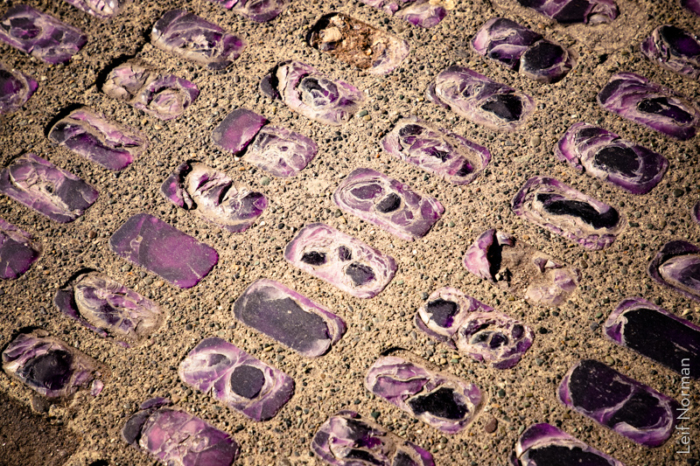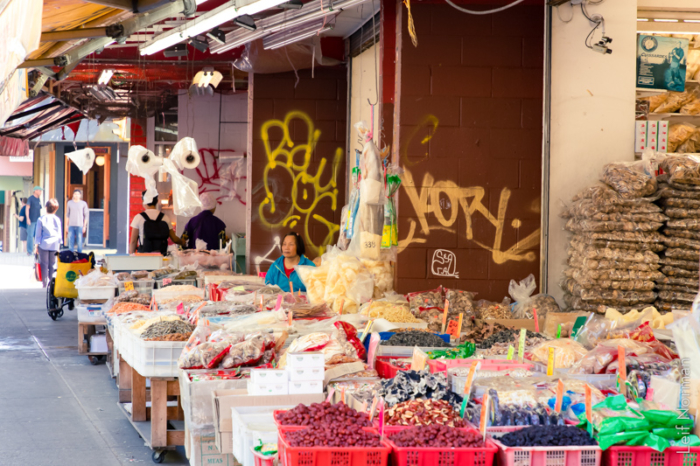We spend a full day in Vancouver, on Fluevog day where the Mothership was giving out little cupcakes for John’s birthday. And then on to a lovely Victorian Mansion where we found a great photographic collection of cameras and images.








“The Dominion Building (originally Dominion Trust Building) is a commercial building in Vancouver, British Columbia, Canada. Located on the edge of Gastown (207 West Hastings St), it was Vancouver’s first steel-framed high-rise. At 53 m (175 ft), the thirteen-storey, Second Empire style building was the tallest commercial building in the British Empire upon its completion in 1910.[6] Its architect was John S. Helyer,[7] who is said to have died after falling off the staircase in the front of the building, though this is an urban legend.[8]
The financiers of the structure were the Counts von Alvensleben from Germany, who were active in Vancouver’s financial scene at the time. It was generally held at the time that they were a front for the Kaiser‘s money, which carried the suggestion that the Empire’s tallest building had been built by its greatest rival.” from Wikipedia





“Welcome to the Roedde family’s home. Gustav and Matilda Roedde settled in Vancouver, British Columbia in 1888. He became Vancouver’s first bookbinder while working for the Vancouver News Advertiser. In 1890 Gustav opened the his own bookbinding business as G.A Roedde Bookbinders and by 1893 was successful enough to afford to build a house in the new West End neighbourhood. Roedde House, design attributed to famed architect Francis Rattenbury, is a City of Vancouver-designated Class A Heritage House.
Since 1990, the Roedde House Preservation Society has taken painstaking care to restore and furnish the house to reflect the ambience of late Victorian family life. Feel free to walk into every room; you will even be invited to touch some artefacts. Come in and experience life in the late 19th century for yourself.
While in the neighbourhood, stroll through the peaceful, leafy Barclay Heritage Square, sit in the gazebo or on one of the many benches, and take in the sights of Roedde House and its neighbours, such as Barclay Manor and the Diamond Centre (1895).” from https://www.roeddehouse.org/website/index.php/en/




“An orotone or gold tone is one of many types of photographic print which can be made from a negative. An orotone photograph is created by printing a positive on a glass plate precoated with a silver gelatin emulsion. Following exposure and development, the back of the plate is coated with banana oil impregnated with gold-colored pigment, to yield a gold-toned image. Alternatively, the developed glass plate can be gold-leafed by hand with 23-karat gold leaf. Being printed on glass, orotone images are extremely fragile and often require specialized frames in order to prevent breakage. Other types of prints can be made with the same negative used to make an orotone. Consequently, silver gelatin prints and platinotypes (platinum and palladium prints) are also made by those who produce orotone prints.[1][2]” from Wikipedia



















